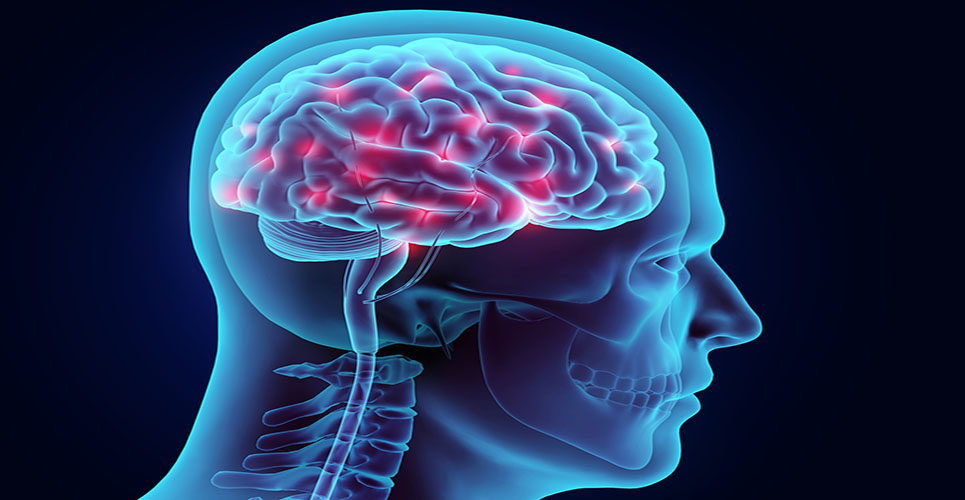teaser
The relationship between normal cells and those that transform into cancerous growths may hold the key to an effective treatment, according to a Medical Research Council study.
It reports that signalling pathways are activated in transformed cells when surrounded by normal cells, but not when they are surrounded by other transformed cells.
Says Yasuyuki Fujita, from the MRC Laboratory for Molecular Cell Biology at University College London: “It is not clear how these signalling pathways are activated in transformed cells or how transformed cells can sense the differences in normal cells.
“But our findings show that transformed cells are excluded, either apically or basally, from a monolayer of surrounding normal cells.
“When the transformed cells are basally excluded, the cancer spreads; when they are apically excluded, the progression of cancer stops.”
The research, due to be published in Nature Cell Biology in April, notes that most research has focused only on transformed cells and overlooks the fact that mutations occur in a cell that is surrounded by normal cells.
Copyright Press Association 2009

